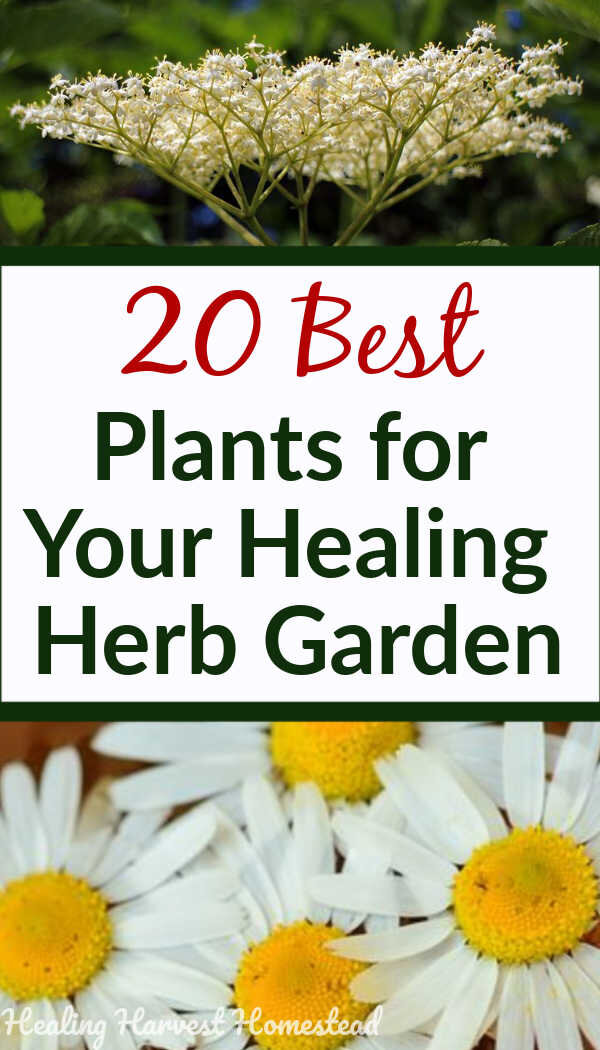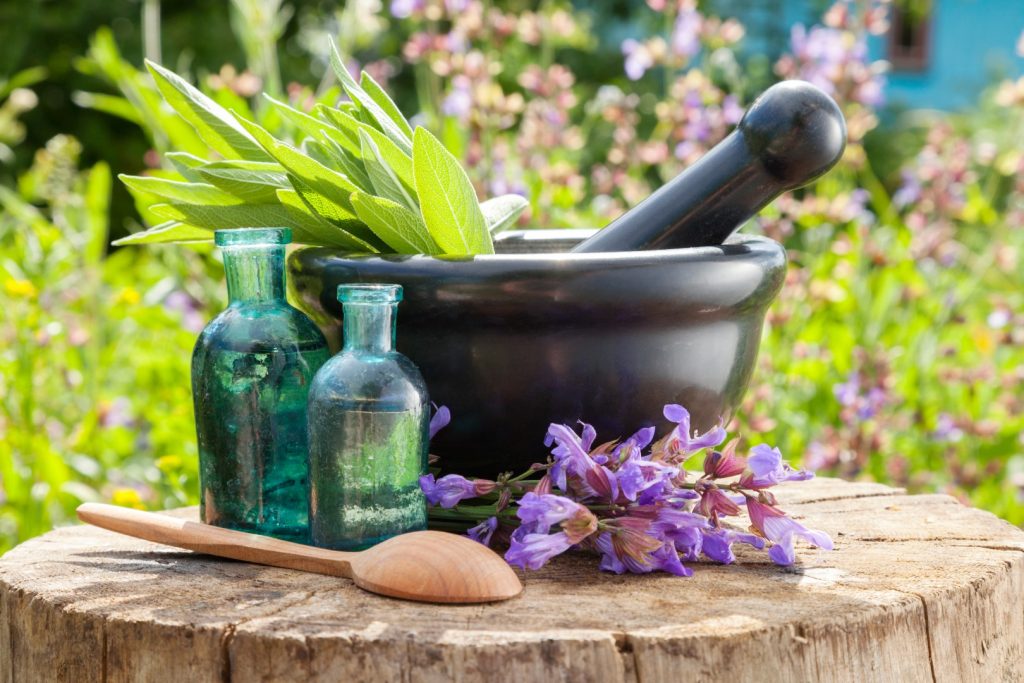Unlocking the Power of Herbal Medicine
Herbal medicine has been a cornerstone of traditional healthcare for centuries, and its popularity is once again on the rise. As people seek more natural and holistic approaches to health, the demand for effective and sustainable remedies is growing. One of the most appealing aspects of herbal medicine is the ability to grow your own healing herbs at home, providing an affordable and personalized solution to common health issues. By cultivating the best healing herbs to grow, individuals can take control of their health and wellbeing, while also fostering a deeper connection with nature. This approach not only promotes physical health but also offers a sense of empowerment and self-sufficiency. With the right guidance, anyone can unlock the power of herbal medicine and start growing their own natural remedies.
How to Choose the Right Healing Herbs for Your Garden
Selecting the most effective healing herbs for your garden can be a daunting task, especially with the numerous options available. However, by considering your climate, soil type, and specific health concerns, you can narrow down the choices and create a personalized apothecary. For instance, turmeric, ginger, and echinacea are popular options that thrive in well-draining soil and full sun, making them ideal for gardens in warm climates. On the other hand, herbs like chamomile and lavender prefer cooler temperatures and partial shade, making them suitable for gardens in temperate regions. When choosing the best healing herbs to grow, it’s essential to consider your specific health needs, whether it’s anxiety, insomnia, or digestive problems. By selecting herbs that address your unique health concerns, you can create a tailored approach to natural healing. By doing so, you’ll be well on your way to cultivating a thriving garden that provides you with the natural remedies you need to thrive.
The Top Healing Herbs to Grow for Common Ailments
When it comes to growing healing herbs, it’s essential to choose the best healing herbs to grow that address specific health concerns. By doing so, you can create a personalized approach to natural healing. For anxiety, herbs like passionflower, kava, and valerian root are known for their calming effects. For insomnia, herbs like chamomile, lavender, and lemon balm can promote relaxation and improve sleep quality. For digestive problems, herbs like peppermint, ginger, and turmeric can soothe the stomach and reduce inflammation. Other popular healing herbs to grow include echinacea for immune system support, calendula for skin issues, and St. John’s Wort for mood enhancement. By understanding the medicinal properties and uses of these herbs, you can create a thriving garden that provides you with the natural remedies you need to thrive. By incorporating the best healing herbs to grow into your garden, you’ll be well on your way to creating a holistic approach to health and wellness.
Cultivating Healthy Herbs: Tips for Soil, Sunlight, and Water
To ensure the best healing herbs to grow thrive, it’s essential to create an optimal environment that meets their specific needs. Soil preparation is a critical step in cultivating healthy herbs. Most healing herbs prefer well-draining soil with a pH between 6.0 and 7.0. Adding organic matter like compost or manure can improve soil structure and fertility. When it comes to sunlight, most healing herbs require at least 4-6 hours of direct sunlight per day. However, some herbs like chamomile and lemon balm prefer partial shade. Watering techniques are also crucial, as overwatering can lead to root rot and underwatering can cause stress. A general rule of thumb is to water herbs when the top inch of soil feels dry to the touch. Additionally, mulching around the base of the plants can help retain moisture and suppress weeds. By providing the right conditions, you can encourage your healing herbs to grow strong and healthy, ensuring a bountiful harvest for your natural remedies.
Harvesting and Preserving Your Healing Herbs
Once your best healing herbs to grow have reached maturity, it’s essential to harvest and preserve them properly to maintain their medicinal properties. Timing is crucial, as harvesting at the wrong time can reduce the herb’s potency. For most herbs, the best time to harvest is in the morning, after the dew has dried but before the heat of the day. Use scissors or pinch off the leaves to avoid damaging the stems. To dry herbs, tie them in small bunches and hang them upside down in a warm, dry, dark place. Alternatively, you can use a food dehydrator or oven on a low temperature setting. Freezing is another excellent way to preserve herbs, simply chop them finely and store them in airtight containers or freezer bags. Infusing herbs in oil or vinegar is also a popular method, which can be used to create salves, creams, and tinctures. By mastering these harvesting and preservation techniques, you can enjoy the benefits of your homegrown healing herbs throughout the year.
Creating Natural Remedies with Your Homegrown Herbs
With your best healing herbs to grow harvested and preserved, it’s time to unlock their medicinal potential by creating natural remedies. One of the simplest ways to do this is by brewing herbal teas. For example, a calming tea can be made by steeping dried chamomile flowers in hot water, while a digestive tea can be created by infusing peppermint leaves. Tinctures are another popular remedy, which involve steeping herbs in a solvent like vodka or glycerin to create a concentrated liquid extract. Salves and creams can be made by infusing herbs in oil and then mixing with beeswax and other natural ingredients. Other creative ways to use your homegrown herbs include making herbal syrups, vinegars, and even skincare products like face masks and scrubs. By experimenting with different recipes and techniques, you can create a range of natural remedies that cater to your specific health needs and preferences.
Common Mistakes to Avoid When Growing Healing Herbs
While growing the best healing herbs to grow can be a rewarding experience, it’s essential to be aware of common mistakes that can hinder their growth and potency. One of the most critical mistakes is overwatering, which can lead to root rot and other diseases. On the other hand, underwatering can cause stress to the plants, reducing their medicinal properties. Another common error is failing to provide adequate sunlight, which is essential for photosynthesis and the production of medicinal compounds. Pest management is also crucial, as pests like aphids and spider mites can quickly destroy a crop. Additionally, neglecting to prune and train the plants can lead to weak and leggy growth. By being mindful of these common mistakes, you can ensure that your healing herbs thrive and provide the maximum benefits for your health and well-being.
Embracing the Therapeutic Benefits of Healing Herbs
By cultivating the best healing herbs to grow and incorporating them into daily life, individuals can experience a profound impact on their overall well-being. The therapeutic benefits of healing herbs extend far beyond their medicinal properties, promoting a sense of calm, reducing stress, and improving mood. The process of growing and nurturing these plants can be a meditative experience, fostering a deeper connection with nature and oneself. Furthermore, the act of creating natural remedies from homegrown herbs can empower individuals to take control of their health, encouraging a more holistic approach to wellness. As the popularity of herbal medicine continues to grow, it’s clear that the benefits of healing herbs extend far beyond their medicinal properties, offering a path to a more balanced, harmonious, and fulfilling life.







